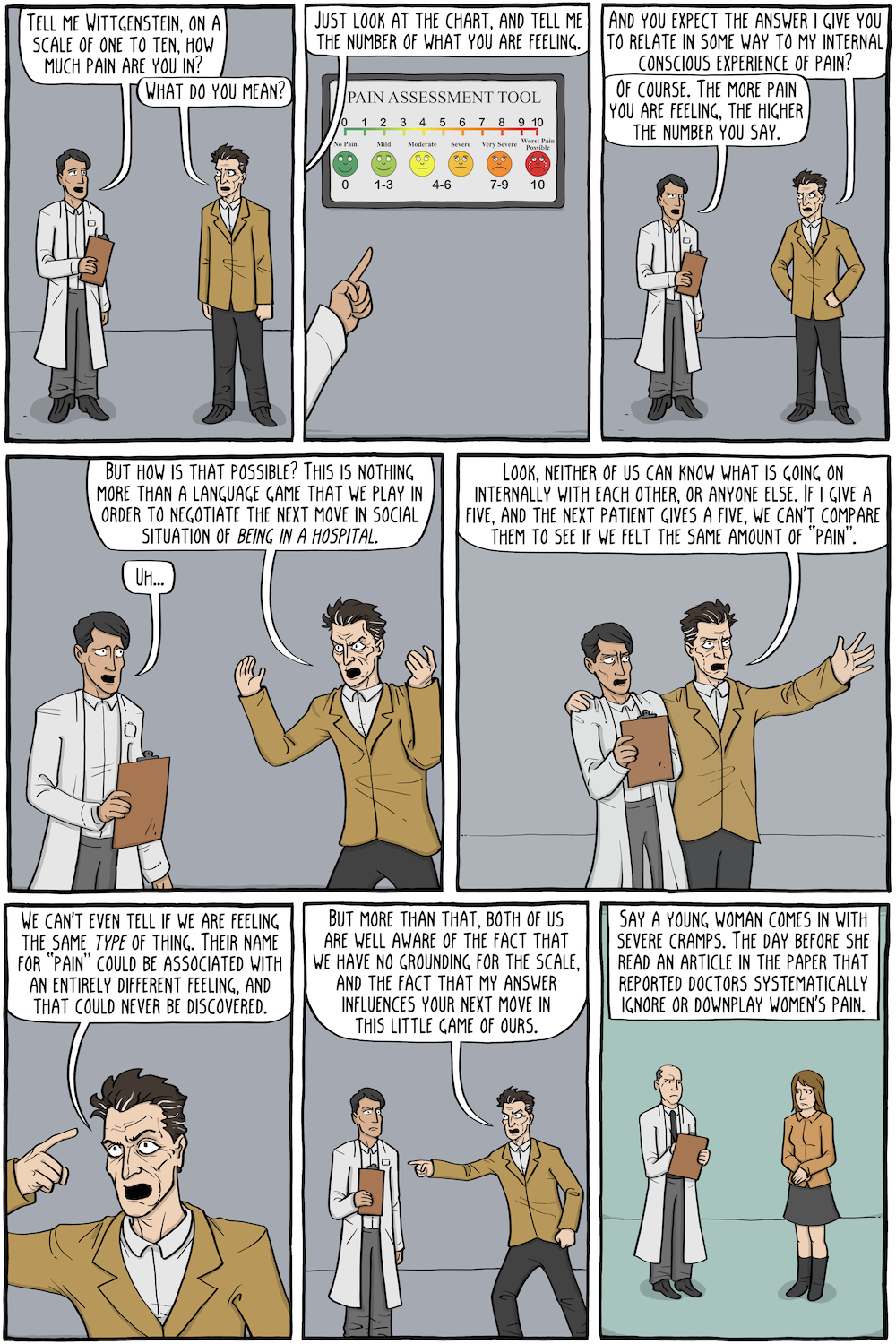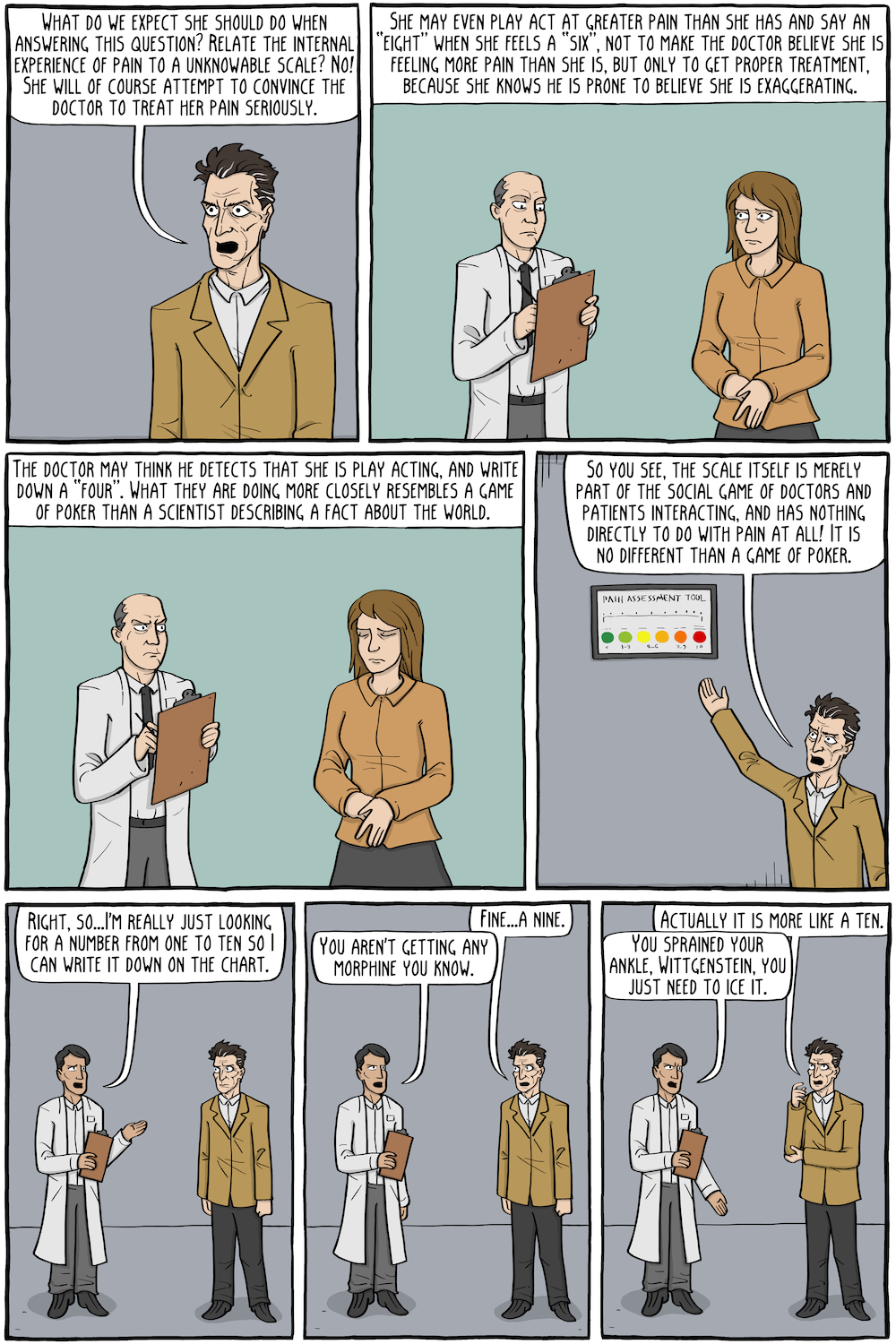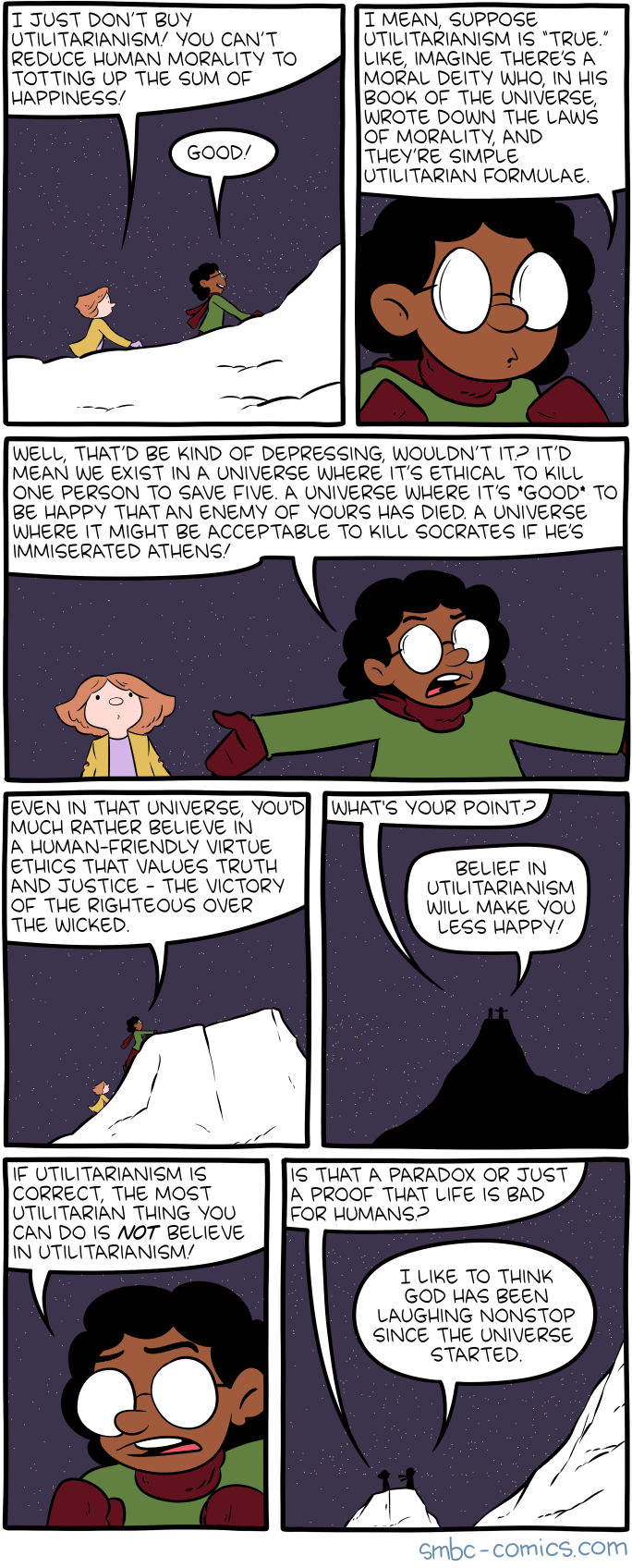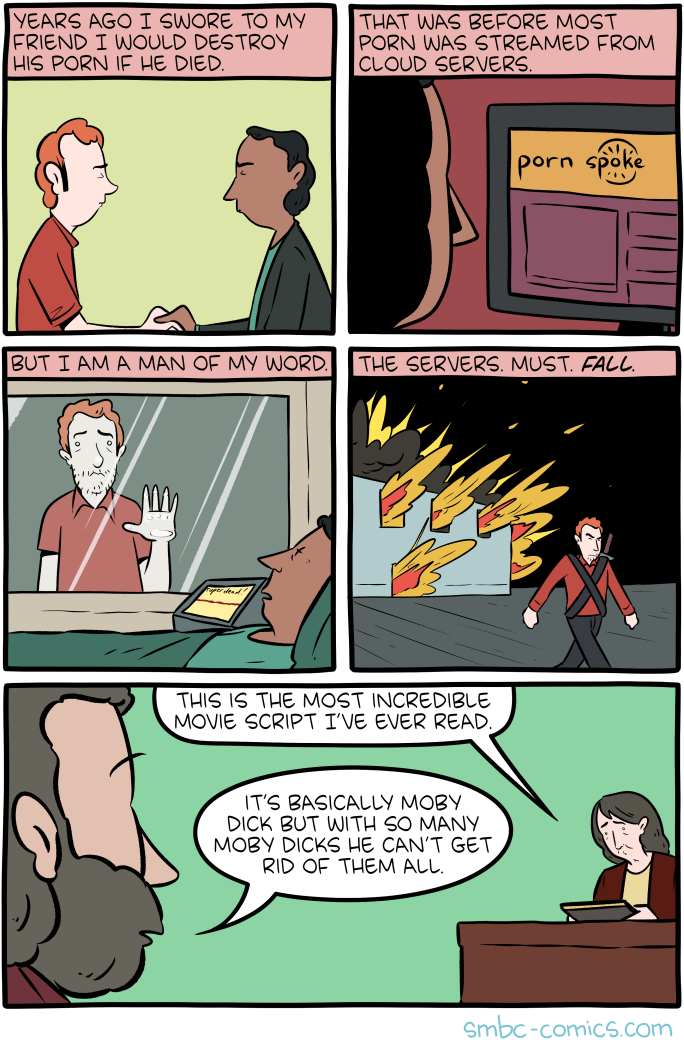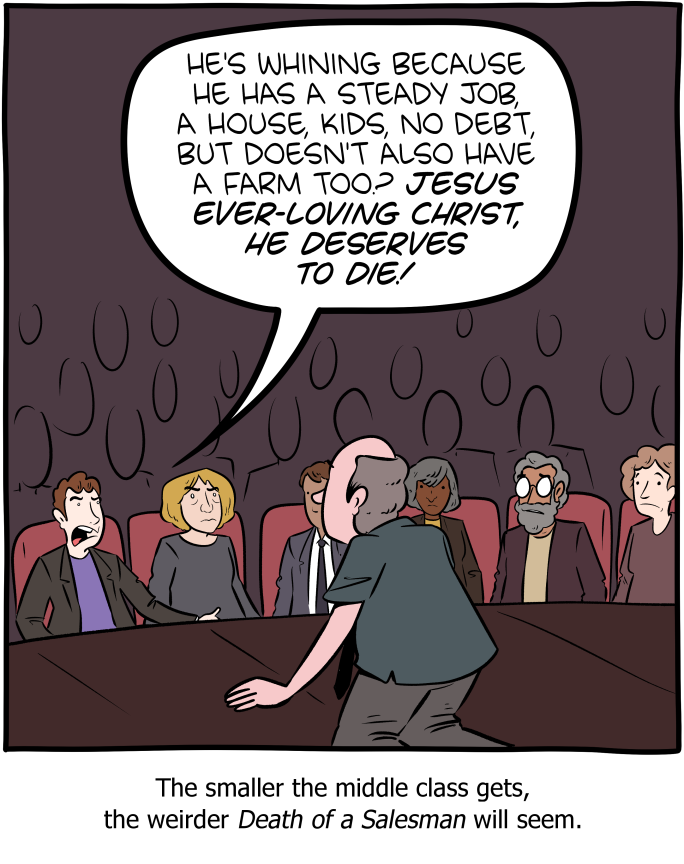Michael Scherer National political reporter covering campaigns, Congress and the White House
June 17 at 6:00 AM
After 23 campaign launches, 33 televised town hall meetings, hundreds of campaign events and tens of thousands of candidate selfies, the Democratic primary has started with a bang this year — busier and bigger than any other in recent memory.
But the Democratic circus still can’t compete for attention with the spectacle of President Trump. The country remains far more focused on a ubiquitous commander in chief than on all the Democratic presidential candidates combined, a major concern for party strategists preparing for the general election in 2020.
“Donald Trump has managed to control the media cycle on a daily basis in ways that have made it difficult to communicate our message,” said Democratic National Committee Chairman Tom Perez, who will begin his party’s official answer to the Trump Show on June 26 and 27, with the first of 12 televised prime-time Democratic debates.
New data compiled by The Washington Post shows just how steep a climb the party faces. Through the first five months of the year, Trump has received about three times as much Google search interest in the United States, on average, as all his Democratic rivals put together.
He has been having about 75 percent more social media interactions on Facebook, Twitter and Instagram than his rivals combined since February.
And when it comes to CNN, MSNBC and Fox News Channel, Trump was mentioned nearly twice as often as the 23 Democrats last month.
Democratic Party leaders remember all too well the overwhelming attention that Trump, then a celebrity and colorful TV personality, attracted during the 2016 campaign, allowing him to sell his defiant appeal to independents and drum up enthusiasm in the GOP base.
“You will find yourself jerked around on Donald Trump’s chain unless you are creating fights,” said Brian Fallon, who served as the national press secretary for Hillary Clinton’s campaign.
By the end of the 2016 primaries, the 12 Republican debates had been watched by 183 million viewers, more than double the 72 million that tuned in to the nine Democratic faceoffs, according to the liberal think tank NDN.
As president, Trump will have even more power to seize the spotlight this time, enabling him to eclipse Democratic events almost at will. “Think I will do many more Network Interviews, as I did in 2016, in order to get the word out,” he announced Saturday on Twitter.
Party leaders fully expect a media blitz. The question for Democrats is whether there’s any way to counter Trump’s media barrage. Few public figures are willing to be as provocative, insulting or outrageous as he is, and arguably few have his flair for it.
For now Democrats are groping toward a strategy of shooting for higher ratings — recognizing they may never match Trump — while also teeing up a slew of advertising campaigns on issues such as health care and jobs to get out their message.
Perez has made ratings a top priority for the debates, some of which will unfold over two consecutive nights. To increase interest, he allowed even candidates who are polling below 1 percent to qualify if they could attract 65,000 donors, in hopes of encouraging those donors to watch the debates because they will have a stake in the process.
Perez says that he’s optimistic and that the public has soured on Trump’s antics, but he also argues that news organizations are to blame for much of the attention given Trump over the years. “I think the media needs some soul-searching,” he said. “Too many media outlets and journalists wake up in the morning, look to his Twitter feed and that dictates their day.”
Whatever the reason, the party’s candidates have drawn modest ratings. The highest-rated cable town hall session for a Democrat — Sen. Bernie Sanders’s appearance on Fox News Channel — topped 2.5 million viewers. At least a dozen others were unable to break 1 million, with six falling below half a million.
In contrast, the first Republican debate in August 2015 drew more than 24 million people eager to see Trump’s debut as an unorthodox presidential contender.
Democratic strategists note that it’s early in the process, and they contend that Trump’s combative tactics have alienated many supporters while energizing opponents. More voters will tune in to Democratic events in the fall, they say, as the presidential field narrows and candidates begin their sprint toward the Feb. 3 Iowa caucuses.
Democrats also have sought to learn lessons from their 2016 defeat. In the 2018 congressional campaigns, Democratic candidates battled daily with a news cycle dictated by Trump or dominated by his controversies — such as the Russia investigation, his alleged sexual encounter with adult-film star Stormy Daniels, and his near-daily Twitter grenades on everything from migrant caravans to alleged corruption at the FBI.
The key to Democratic success this time, some party strategists argue, will be to focus on issues that affect voters’ lives, such as health care, education and wages. But news organizations often view those issues as less flashy, they say, so their candidates will have to buy ads to spread the word.
“We have a culture that rewards the clown show at the expense of real issues,” said Guy Cecil, chairman of Priorities USA, a super PAC that plans to spend heavily to defeat Trump.
“One of the biggest challenges” for Democrats in the midterms, Cecil said, “was a huge disconnect between what was being covered on cable news and what campaigns were being run on in the states.” He added, “The way that Democrats got attention on health care was they paid for it.”
Democrats outspent Republicans in the 2018 election on broadcast ads, running more than 1 million spots that mentioned health care over the course of the cycle, according to an analysis by Kanter Media.
It will be harder to follow that same playbook in 2020, given Trump’s substantial early fundraising advantage and the fact that he will be on the ballot, not just commenting from the sidelines.
“We had the luxury of Trump not being a candidate,” said Dan Sena, who was executive director of the Democratic Congressional Campaign Committee, which coordinates the party’s House races. “We had things like the tax fight and the health-care fight that directly impacted people’s lives immediately.”
This year, Trump has continued to create storms of media coverage that have often blotted out reporting about the Democratic campaign — attacking the royal Duchess Meghan and actress Bette Midler on a recent trip to England, siding with North Korean leader Kim Jong Un over his national security advisers in Japan, trumpeting tariff showdowns with China and Mexico.
Even when it comes to one-on-one conflicts, Trump has found a way to come out on top, at least in terms of media attention. When former vice president Joe Biden, a Democratic presidential candidate, traveled to Iowa last Tuesday to deliver a speech declaring Trump an existential threat to the nation, Trump responded with his own inflammatory comments.
That night, on the evening newscasts by NBC, CBS and ABC, Trump was rewarded for his quotes, which were if anything more jarring and aggressive. “He’s a dummy,” Trump said of Biden, while also calling him “mentally weak” and suggesting that he has lost a step as he has aged.
“Trump’s sound bites are more incendiary, more unseemly, more crudely insulting — and therefore spicier for TV news to use,” said Andrew Tyndall, who runs a newsletter that tracks network news broadcasts.
Long before he entered politics, a key insight of Trump’s career was that public attention, even if negative, could translate to power. As a real estate developer and celebrity, he courted controversy and conflict for decades, showing little capacity for embarrassment.
“The show is Trump, and it’s sold-out performances everywhere,” he told Playboy magazine in 1990, when asked about the criticism he got for ostentation.
During the 2016 campaign, Trump expanded upon the theory. “News outlets around the world are covering Trump. The key word is covering,” he told a Time magazine reporter at one point. “It’s not the polls. It’s the ratings.”
There is no doubt that he dominated the ratings in 2016, even though most of the news coverage about him was negative. Between the start of his campaign and winning the nomination, Trump received 63 percent of the coverage in a field of 17 candidates, according to a 2016 study by the Shorenstein Center at Harvard University, which used data from Media Tenor, a firm that tracks print, cable and broadcast news content.
In the general-election campaign, Trump received 15 percent more coverage than Clinton after the party conventions, the same study found.
More important, his voice dominated many of the stories no matter the subject.
“When a candidate was seen in the news talking about Clinton, the voice was typically Trump’s and not hers,” wrote Harvard professor Thomas Patterson, the report’s author. “Yet when the talk was about Trump, he was again more likely to be the voice behind the message.”
Members of Clinton’s campaign say her strategy of attacking Trump’s character in television ads, while focusing on her own policy plans, did not work and will have to change in 2020 for a Democrat to win. Trump understood better how creating conflict, outrage and even debates about his truthfulness would lead to more coverage and ultimately benefit him, they say.
“I think what separates the people that truly could break through in their own right are people who are willing to stake out positions even when they come with a lot of controversy attached,” Fallon said.
The current Democratic candidates have latched onto a wide array of tactics as they attempt to break through the crowded field. Former Colorado governor John Hickenlooper has structured his campaign around attacks on “socialism,” Sanders has renewed his assault on the “billionaire class” and Biden has focused his campaign squarely on denunciations on Trump himself.
Others, such as Pete Buttigieg, the mayor of South Bend, Ind., have tried to replicate Trump’s approach of constant media exposure, albeit in their own ways.
“One of the reasons Donald Trump thrived in 2016 was he was fearless and went in and did interviews everywhere and didn’t even care if he bombed,” said Lis Smith, a senior communications adviser to the Buttigieg campaign. “He knew if he sucked up all of the oxygen, no one else would have a chance to rise. Good attention, bad attention — all of that fed his candidacy.”
Concern that Trump will continue his dominance of the American imagination has given Buttigieg a key part of his stump speech, a promise that he could dislodge Trump as the focus of attention as the campaign continues.
“The biggest question is, ‘How are we going to win?’ ” he said June 9 at a state party gathering in Iowa. “The only thing we can do is to look at that show this president has created — whatever you want to call it, a reality show, horror show, game show — and we are going to change the channel to something completely different.”
Anu Narayanswamy and Christine Loman contributed to this report.




























![[description]: Simone de Beauvoir at news desk.
Simone de Beauvoir: \ [description]: Simone de Beauvoir at news desk.
Simone de Beauvoir: \](http://static.existentialcomics.com/comics/PhilosophyNewsNetworkScience1.png)





